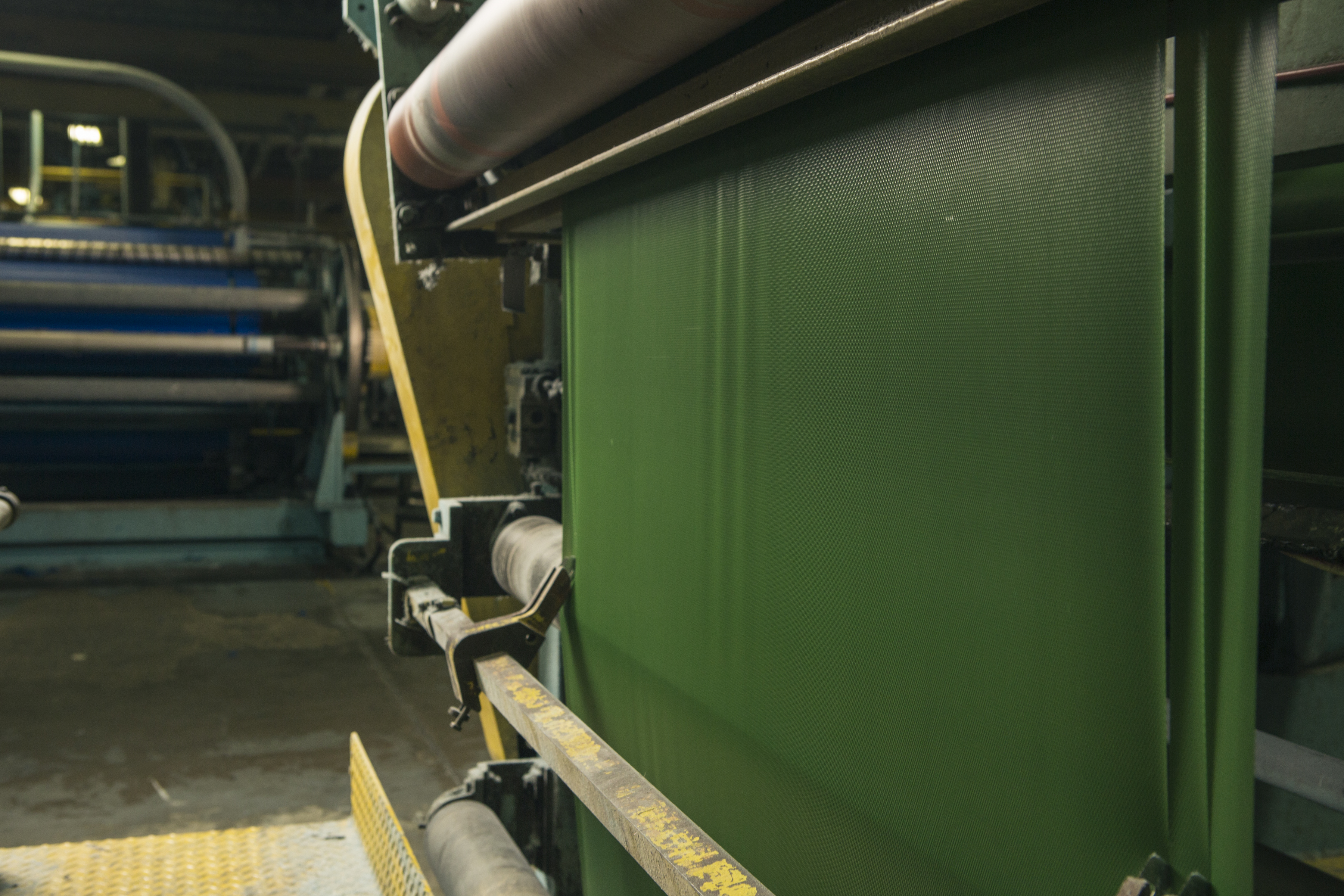Advantages to Using Heat Activated Adhesive Films

Heat Activated Adhesive Films
Adhesive films are thin layers of high-performance bonding agents supported by a backing material. Despite their relative thinness, they offer a level of bonding performance similar to fasteners, screws, rivets, and welding for many applications.
The backing of adhesive films – also known as the carrier – may be constructed from several types of materials including paper, plastic, cloth, foil, foam, and more. The backing may be coated with an adhesive on one or both sides and can be integrated with a release liner if required. Adhesive-coated backings are typically wound in rolls and die cut into desired lengths and shapes. These films can also be formulated with varying adhesive chemical compositions to provide beneficial properties for unique applications.
Unlike liquid glues, adhesive films are applied as solids and do not ‘squeeze out’ when compressed between two surfaces. Additionally, since adhesive films contain no liquids, they have no pot life or gel time, allowing them to be stored indefinitely. These attributes make adhesive films ideal for automated processes and industrial applications where time-consuming messes and maintenance issues need to be avoided.
Different Types of Adhesive Films
There are three main types of adhesive films, as follows:
1. Pressure Sensitive Adhesive Films
Pressure sensitive adhesive films (PSAs) are adhesive tapes activated with the application of external pressure. The films consist of a pressure-sensitive adhesive compound coated onto a backing material (usually on one side). The other side of the backing typically has a release liner to facilitate manual pressure application.
PSAs are tacky at room temperature and can be used to bond a variety of materials, including paper, plastic, metal, and concrete. These adhesives can achieve bonding pressures of up to 30 psi depending on the specific application.
PSAs are best applied in environments with temperatures between 59º F and 95º F. Lower temperatures can lead to insufficient wetting or coverage of the adhesive on the substrate. Whereas, extremely high temperatures may cause the adhesive film to stretch or warp during final application.
2. Heat Activated Adhesive Films
Heat activated adhesive films, unlike pressure sensitive adhesives, remain tack-free until activated by an external heat source. Elevated temperatures – usually 180º F or higher – must be maintained for a specific length of time on the film to achieve adequate bonding.
During the cooling process, the microstructure of the adhesive begins to crystallize, significantly increasing the bond strength.
Heat activated adhesives are particularly aggressive and enable the bonding of difficult surfaces, including rubber and polymer-based materials. Heat activated adhesives are also customizable and are available with numerous backing materials.
3. Moisture Activated Tape
Moisture activated tape, as its name suggests, is an adhesive compound that becomes sticky when moistened with water or any other liquid solution.
This type of adhesive film is usually backed by kraft paper and is relatively inexpensive compared to other adhesives.
Benefits of Heat Activated Adhesive
Relatively high bonding strength and superior chemical resistance are major benefits of heat activated adhesives. The cross-linking reactions that take place during the curing of thermoset adhesives result in a rigid bonding structure that is unmatched by pressure sensitive or moisture activated adhesive films.
Thermoplastic heat activated adhesive films can be used continuously or in batch bonding processes for precise and piecemeal application on large surface areas. This characteristic is especially useful for automated processes with high production speeds.
These films are also compatible with surfaces that resist bonding by other adhesive solutions, such as:
- Aluminum foil
- PVC
- Polyurethane
- EPDM rubber
This compatibility makes heat activated adhesives a popular choice for laminating, molding, and thermoplastic welding in a broad range of applications.
These films are experiencing increased usage, especially in the textile industry. Heat activated adhesives for fabrics are used to create various types of high-performance composite and waterproof garments with increased speed and efficiency.
Heat Activated Adhesive Films from Tee Group Film
Tee Group Film’s TALON line of heat activated adhesive film products are designed to create bonds between a wide range of materials and surfaces. Our films can also be customized with myriad features, including water vapor barriers, enhanced tensile strengths, and improved heat resistance.
If you would like to find out more about our heat activated adhesive films and how they can benefit your application, feel free to contact us for more information.
